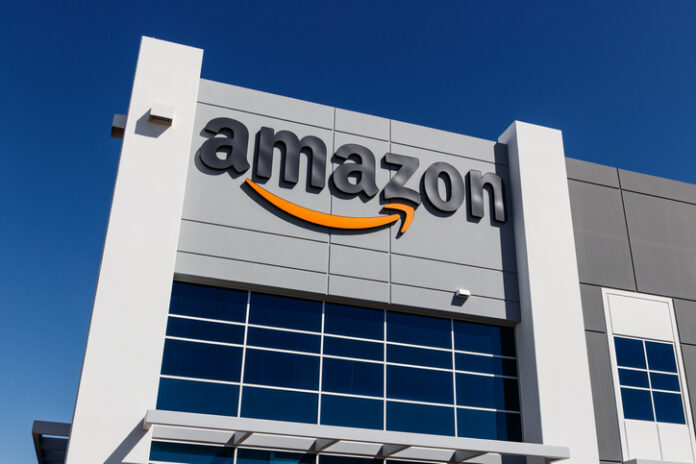Amazon’s latest attempt to disrupt the health care industry is getting mixed reviews several months out of the gate.
The retail giant quietly rolled out Amazon Clinic in November. In February, Amazon upped the ante by acquiring One Medical, a large membership-based primary care company that offers on-demand virtual care, “appointments that start on time,” and easy-to-book in-person visits to physicians and labs where it has offices. Membership costs $199 a year and One Medical accepts most insurance plans.
Online reviews have not been encouraging. Consumers have expressed concerns about data privacy and hidden costs. Trust Pilot gave One Medical two stars based on 53 reviews as of July 8. One Medical lost $255 million in 2021 and $89 million in the prior year.
In 2018, Amazon joined J.P. Morgan and Berkshire Hathaway to form a venture called Haven, with the goal of disrupting U.S. health care and providing high-quality, transparent care at a “reasonable” cost.
Boasting 1.2 million employees and a famous author/surgeon CEO, the venture fell apart in less than three years. Amazon then launched Next Amazon Care in 2019 but shut it down in less than three years. The One Medical acquisition gives Amazon a shot at the primary care market.
Hard to Disrupt
Devon Herrick, a health care economist who writes for the Goodman Institute Health Blog, wrote that the Amazon model, which sells and delivers some 353 million different products to doorsteps quickly and more cheaply than others, may be difficult to translate into health care.
“Health care has historically been very difficult to disrupt due to regulations, licensure and the way health care is purchased,” wrote Herrick, shortly after Amazon purchased One Medical. “Indeed, health care has only been disrupted a few times in the past 120 years.”
The first major change in U.S. health care was the Flexner Report in 1910, which led to the closure of 60 percent of medical schools. The next was when Congress made employee health benefits non-taxable (1954), and the third upheaval was the creation of Medicare and Medicaid in 1965.
“Consumers complain about our health care system, but entrenched stakeholders won’t give up their coveted positions without a fight,” wrote Herrick. “Despite Amazon’s market power, it is unclear how its fleet of trucks and warehouses will make a dent in the medical marketplace.”
No Midas Touch, Yet
The Amazon Clinic website lists 34 non-urgent conditions third-party physicians can treat via telehealth with prescriptions that can be filled at any pharmacy.
“Essentially it is the conditions that are common and easy to diagnose over email,” Herrick told Health Care News. “I would almost say they are things you can self-diagnose, and Amazon can have a provider quickly and systematically provide a common therapy. Many of the conditions have over-the-counter remedies, and probably all of them should. It appears very convenient, but it’s also an indication of how convoluted and inaccessible our health care system is.”
As for the addition of a primary care system, “it is difficult to tell whether One Medical is truly innovative or just hype on a website devoid of specific examples,” wrote Herrick, on June 30.
Telehealth, the Gamechanger
After choosing a listed health condition, an Amazon Clinic client fills out a basic intake form, receives a treatment plan from a U.S.-licensed clinician, and pays a flat fee.
Prescriptions can be sent to any pharmacy the patient chooses and follow-up questions can be referred to the treating physician at no cost for up to 14 days. The program does not currently accept insurance, but patients can pay for treatment with a Flexible Spending Account or Health Savings Account.
“One of the things that changed in health care [since Amazon’s 2018 attempt] was the forced acceleration of telemedicine,” said Peter Pitts, co-founder of the Center for Medicine in the Public Interest. “I think telemedicine is good and I think accelerating it is also good. Since so much of the Amazon Clinic is telemedicine you would think they would be able to take advantage of that.”
With the advances in the virtual side of the market, it is surprising major corporations don’t get health care, says Pitts said.
“All of these large tech companies, whether it’s Google, Amazon, or Apple, don’t understand a few basic core issues with health care in the U.S.,” said Pitts. “First, it is predominantly regulated on the state level so they can’t maximize the economy of scale.”
Fifty State Markets
Dealing with 50 different subsidiaries and very entrenched interests, including insurance companies and professional licensing boards, are complications large tech companies don’t understand, says Pitts.
“The status quo is really standing in the way of changing our system and if you don’t have the math then you don’t have the power to drive down prices,” said Pitts. “You can’t drive down the cost because you don’t have purchasing power.”
Amazon’s past failures indicate the company doesn’t know how health care differs from the single national retail market it operates in, says Pitts.
Just because Amazon is a big, cool technology company with a lot of money doesn’t mean they’ve invested the time and money to understand the problem,” said Pitts.
Ashley Bateman (bateman.ae@googlemail.com) writes from Virginia.
See the related article, Amazon Offers Employees Round-the-Clock Direct Health Care, August 12, 2020




















